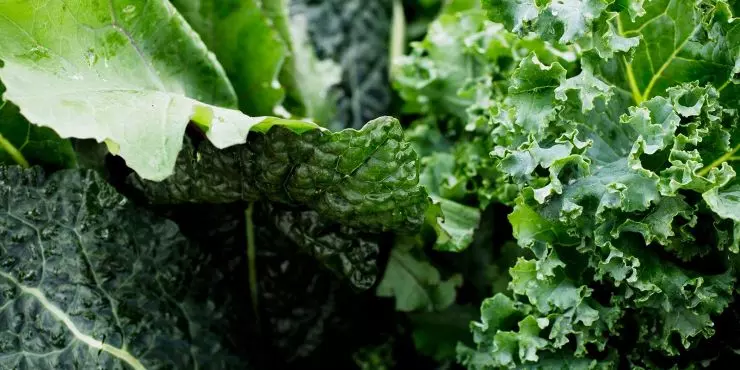What’s the Doc say?

“I make an effort to cook a healthy meal at least 5 days per week, and each meal follows the Mediterranean diet pretty closely…a good variety of foods and each meal is vegetable and protein focused. Leafy greens accompany many meals, such as spinach, kale or arugula, and during the warmer months we often have only a salad for the entire evening meal. I vary it up with Greek salads, chicken Caesar, blue cheese wedge, or field greens with veggies and favorite dressing. The kids love them all and often request certain ones. To get the kids to like those foods I honestly start introducing them when they are 6 months old. I get them used the taste first and the texture later and am persistent about offering them again and again. I think all of my kids have eaten salads before they were two. They often ask for sauteed spinach because it’s one of their favorites side dishes. I’m still working on perfecting my kid kale recipe, however. I get some wrinkled-up noses with that one. I’ll just keep trying. Getting them to like leafy greens is just about persistence and having them see you eat them. I’ve found that I have to offer the same food on difference days up to a dozen or more times until they, at first tolerate it, and then eventually like it and request it. Veggies are a part of almost every meal in our home, and the kids simply don’t know life any other way.”
Dr. Jennifer Purifoy, DO, MPH
Northwest Family Clinics
Rogers, MN

You have probably heard more than once that we all need to get more vegetables in our diet, specifically dark leafy greens. Vegetables provide us with essential vitamins and nutrients that our bodies need to function optimally. They also help keep our bowels healthy and moving.
Leafy greens, in particular, are packed with nutrients that include; vitamin A, vitamin C, antioxidants, fiber, folate, vitamin K, magnesium, calcium, iron, and potassium. Types of dark leafy greens include:
- Spinach
- Kale
- Arugula
- Bok choy
- Collard greens
- Swiss chard
- Field green lettuce
- And more!
So, how many dark leafy greens do you need? The USDA recommends:
- Children ½ cup to 1 ½ cups per week
- Adult Women 1 1/2 cups per week
- Adult Men 1 1/2 to 2 cups per week
For some, these recommendations may be no problem, but for others, this may feel like a struggle to get your family to eat enough.
Leafy Greens – How to Get Your Family to Eat More of Them
Like many parents, you might find it challenging to get your children to eat their vegetables, especially leafy greens. You may even find it hard to get your spouse to eat their veggies. We have devised some clever ways to sneak in leafy greens without your family noticing. That is a win for us parents since we know our families are eating healthy without realizing it.
Add Them to Favorites
Just seeing leafy greens is enough to turn some kids off. Does this sound familiar? Presenting a plate of leafy greens, watching your child’s face turn to disgust, and refusing to take a bite. Avoid this by introducing them slowly. Add them to their favorite dishes. They may not even notice the greens are in there. You can add them to almost everything you cook without your family ever noticing. Some ideas include finely chopping the greens and cooking them into your pasta or pizza sauce, meatballs, and burgers.
Blend Them
Some leafy greens, like spinach, don’t have a strong flavor. This makes them ideal for blending into recipes like smoothies, ice cream, and popsicles without anyone noticing. It will even give your foods a fun green color which your kiddos may find super fun.
Toppers
If your child eats greens, try adding them as toppings to more of their favorite foods. Try adding spinach to their sandwiches or wraps, or even pizza. Make simple swaps from romaine lettuce to a darker leafy green instead.
Start early and give often
Introducing greens early in life and regularly offering them can also help your kiddos like these types of foods and help them develop life-long healthy eating habits.